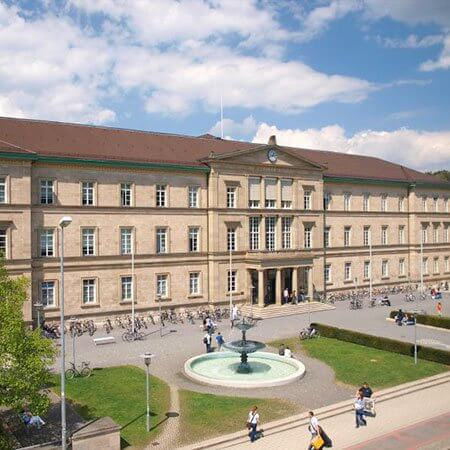About the disease
A breast tumor is a non-cancerous lump or lesion in a woman’s breast. In most cases, breast tumors are non-cancerous and usually form in the milk ducts and tissues surrounding them. The most common subtypes of breast tumor are fibrosis, cysts and fibroadenomas. They can also develop as a result of mastitis, an infection of the breast tissue, which can occur during the breastfeeding period. A breast tumor does not usually lead to breast cancer if its cells are not multiplying or exhibiting abnormal patterns. It is usually caused by hormonal changes that are normal for women. In some cases, a breast tumor can develop as a result of trauma or infection.
According to various statistics, around 80% of women will have some kind of benign tumor during their lifetime. Most often these tumors go by unnoticed and do not require any treatment. In some cases, they do pose a risk and cause long-term pain and swelling. If this is the case, the woman needs to undergo treatment.
Breast tumors are more common in women aged 30-50. Even though breast tumors are much more common in women, men can also develop them in the form of a lump under the nipple.
Symptoms
- A lump in the breast, which can be felt
- Pain in the breast
- Pain is intensified before and during menstruation
- Tenderness
- Swelling
- Redness of skin
Breast tumors usually have a smooth surface and they can be easily moved around, causing only a mildly unpleasant sensation.
Diagnosis
In most cases, a breast tumor is found during self-examination. If it cannot be felt by the patient and does not cause any painful sensation, it most probably does not impose any danger. If the lump is big and you have swelling or nipple discharge, you need to undergo the following diagnostic methods to know the exact type of breast tumor you have.
- A mammogram creates a precise image of a patient’s breast, which can be used to study the structure of the lump. It can also help to determine the location of the lump in the milk duct.
- MRI and ultrasound screening are also used to study the structure of the breast on a deeper level.
- A biopsy can be performed to study a tissue sample, if the presence of malignant cells in the breast is suspected.
Treatment
- Needle aspiration can be used if your lump has turned out to be a cyst. It uses a needle to perform drainage of the fluid that formed the lump.
- Local excision within healthy tissue is the surgical removal of a lump without removing the surrounding healthy tissue, which is not damaged. This procedure is usually performed under local anesthetic and it lasts for about an hour.
Overall, such surgery has favorable results and you will not feel much pain after it. The whole healing period may last several weeks, but you will be able to return to your normal lifestyle several days after the procedure. You will need to have a follow-up mammogram every year to prevent recurrent tumors.
Authors:
This article was edited by medical experts, board-certified doctors Dr. Nadezhda Ivanisova, and Dr. Bohdan Mykhalniuk. For the treatment of the conditions referred to in the article, you must consult a doctor; the information in the article is not intended for self-medication!
Our editorial policy, which details our commitment to accuracy and transparency, is available here. Click this link to review our policies.




















